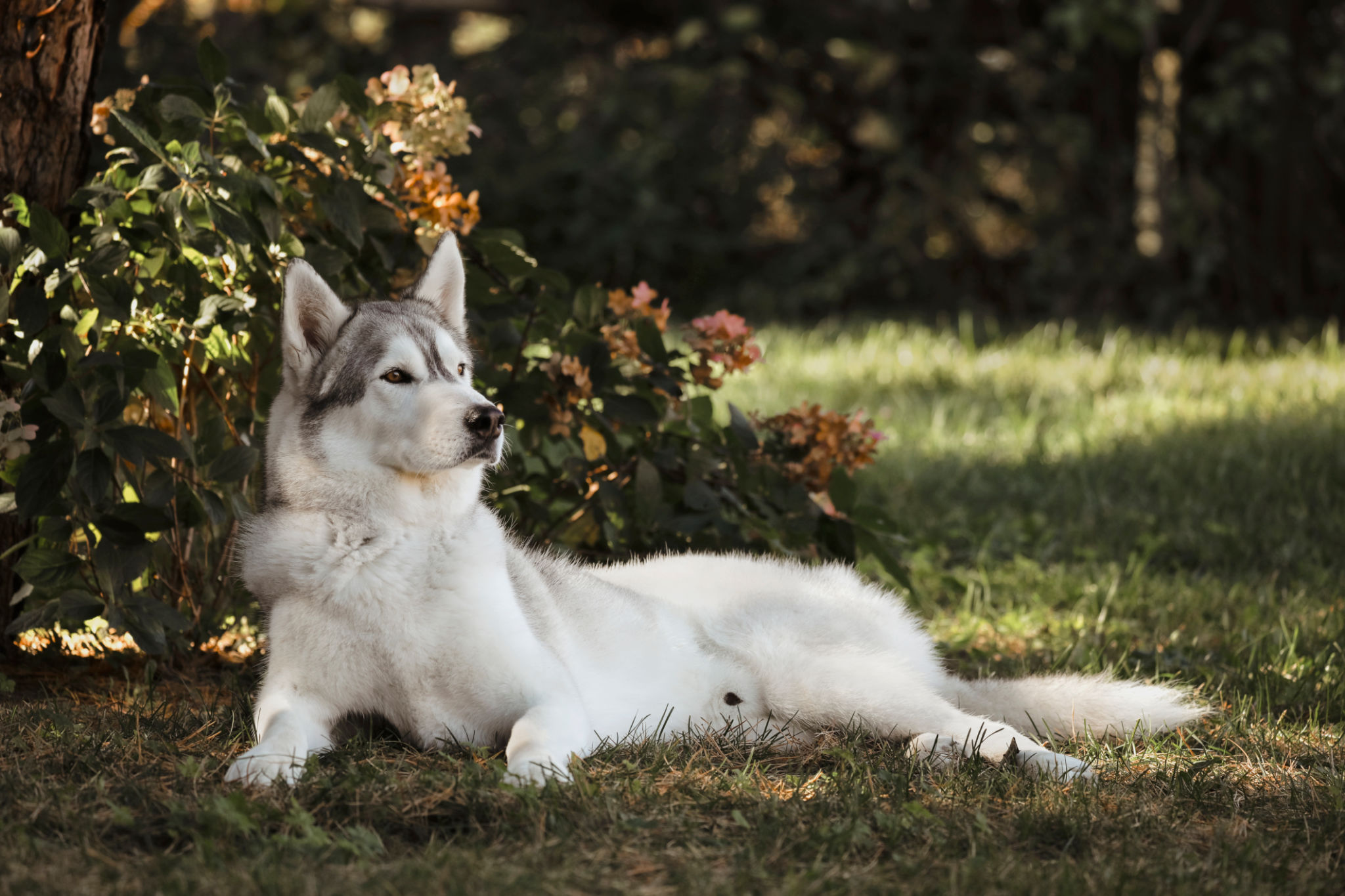When Your Dog Can’t Settle (Even When You’re Doing Your Best)
You’ve been doing everything right.
Daily walks.
Training sessions.
A pile of enrichment toys that could fill a small store.
And yet… your dog still seems off.
They’re restless at night.
Pacing after play.
Underfoot during dinner.
Or maybe it’s the opposite — they seem disinterested, checked out, or clingier than usual.
You’re showing up. You care. You’re trying.
But something still isn’t landing.
Here’s what might be missing:
It’s not that you need to do more.It’s that your dog needs a better rhythm.

Most Dogs Aren’t Over- or Under-Stimulated.
They’re Mis-paced.
There’s a natural rhythm that dogs move through when they’re experiencing life in a way their brain and body can actually process:
Engage → Pause → Recover
It sounds simple, but it’s one of the most commonly overlooked pieces of enrichment and emotional wellness.
And when that rhythm gets skipped, rushed, or never completes?
Even well-loved, well-exercised dogs stay stuck in a low-level loop of restlessness, tension, or shut-down energy — and we’re left wondering why all our efforts aren’t helping.
The Rhythm in Real Life
Let me show you what this looks like.
I was out on a trail walk with my dog. She found something interesting: a scent trail in the grass.
Nose down, tail soft, fully focused.
That was Engagement.
Not hyper, not frantic — just curious, present, invested. I didn’t interfere. I just watched.
Then, the shift. She pulled off the trail. Wandered a little. Looked around. Slowed.
That was Pause. The moment her system said, “Let me breathe.”
I walked over and sat down nearby — not to cue her, but to hold space.
(Sometimes they just need a little nudge to switch gears — especially when those squirrels are yelling from the trees.)
And then… she sighed.
Laid down. Blinked slowly. Her whole body softened.
That was Recovery.
The experience landed. Her nervous system returned to baseline.
What Happens When We Skip the Rhythm
Most dogs don’t get to complete this cycle — not because their people don’t care, but because nobody teaches us to watch for it.
Instead, we bounce from one thing to the next:
Walk, toy, play, cue, errand, leash up again.
Or we assume stillness = boredom and try to re-engage them.
But dogs aren’t built to stay “on” all the time.
They’re built to cycle.
And when they don’t?
Here’s what we see:
- Dogs that are hyped up but can’t settle
- Dogs that seem lazy but are actually shut down
- Dogs that follow us from room to room, not because they’re needy, but because their system never fully came down
And we misread it all as needing more stimulation — when really, they’re just craving completion.

What You Can Do Differently
Start noticing your dog’s rhythm.
- When do they light up? (Engage)
- When do they pause or wander off? (Pause)
- When do they breathe, sigh, or settle? (Recover)
Let those moments play out fully.
Don’t rush to re-engage them after a pause.
Don’t fill every gap with another “activity.”
Protect recovery time like it matters — because it does.
This is the key to nervous system regulation.
It’s what allows learning to stick.
It’s what turns chaos into calm.
Final Thought
When your dog can’t settle — even when you’re doing everything “right” — maybe they don’t need more doing.
Maybe they need more space to feel done.
When you honor the rhythm of Engage → Pause → Recover, you stop guessing what your dog needs.
And they stop spinning.
This is exactly what we dive into inside my new course:
Beyond Busy: The Whole Dog Enrichment Program (coming soon!)
Because fulfillment isn’t about keeping your dog busy.
It’s about helping them feel safe, seen, and settled — from the inside out.
